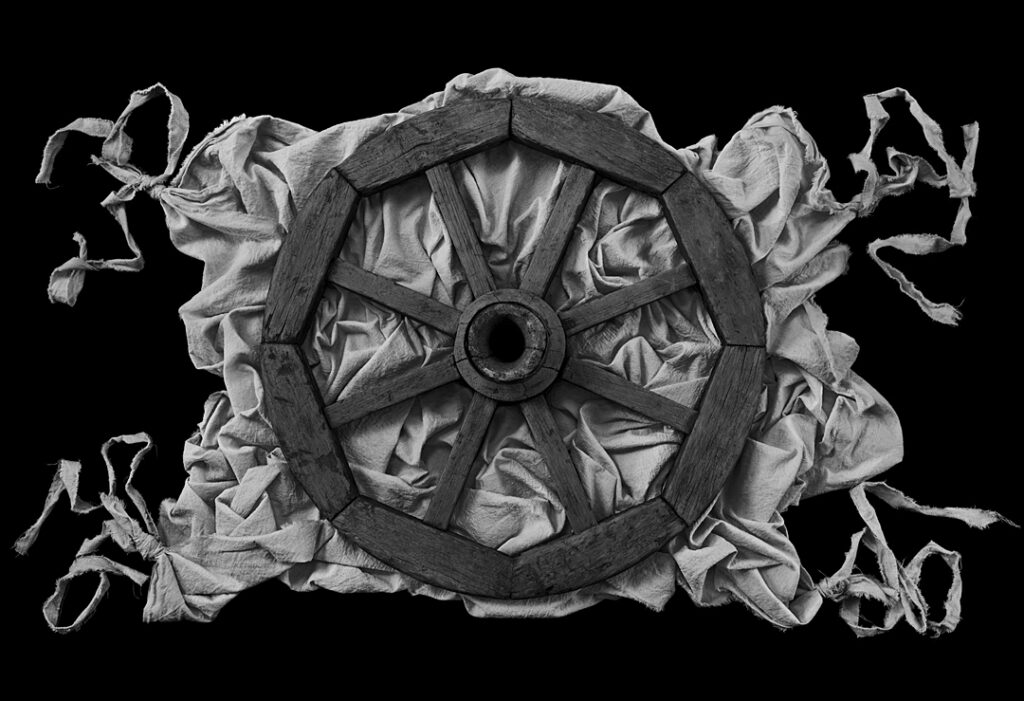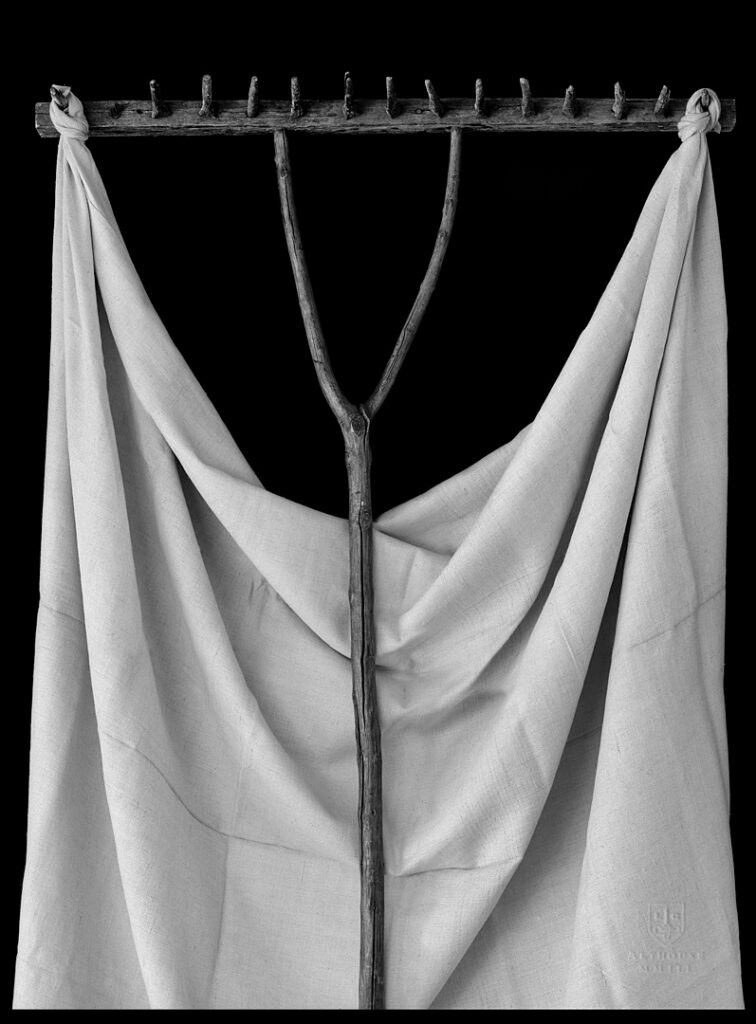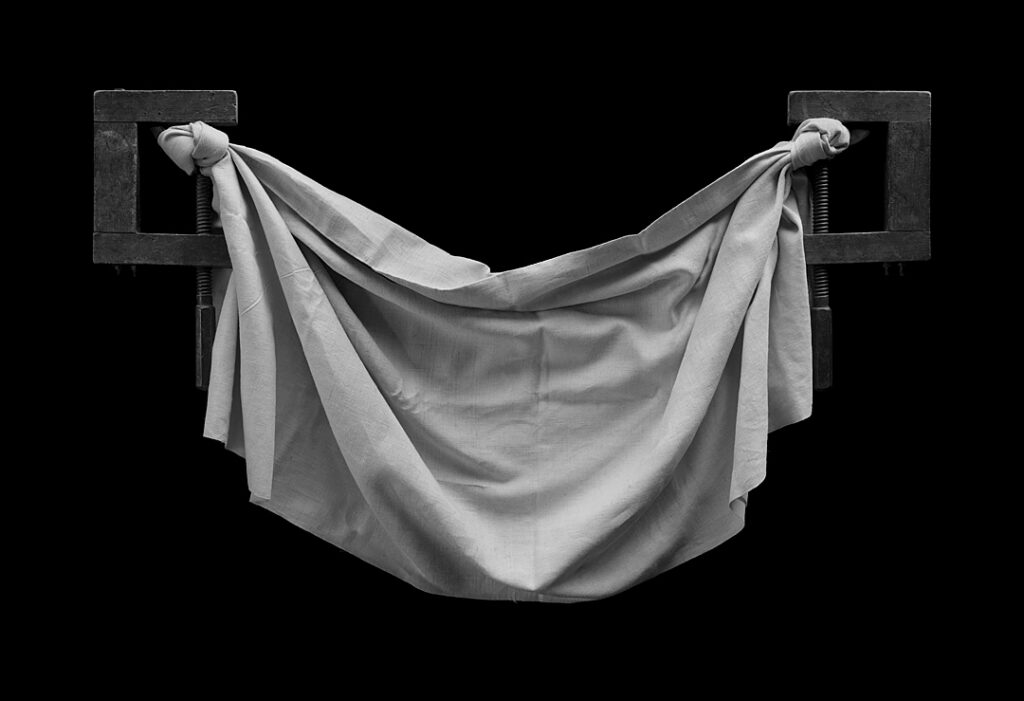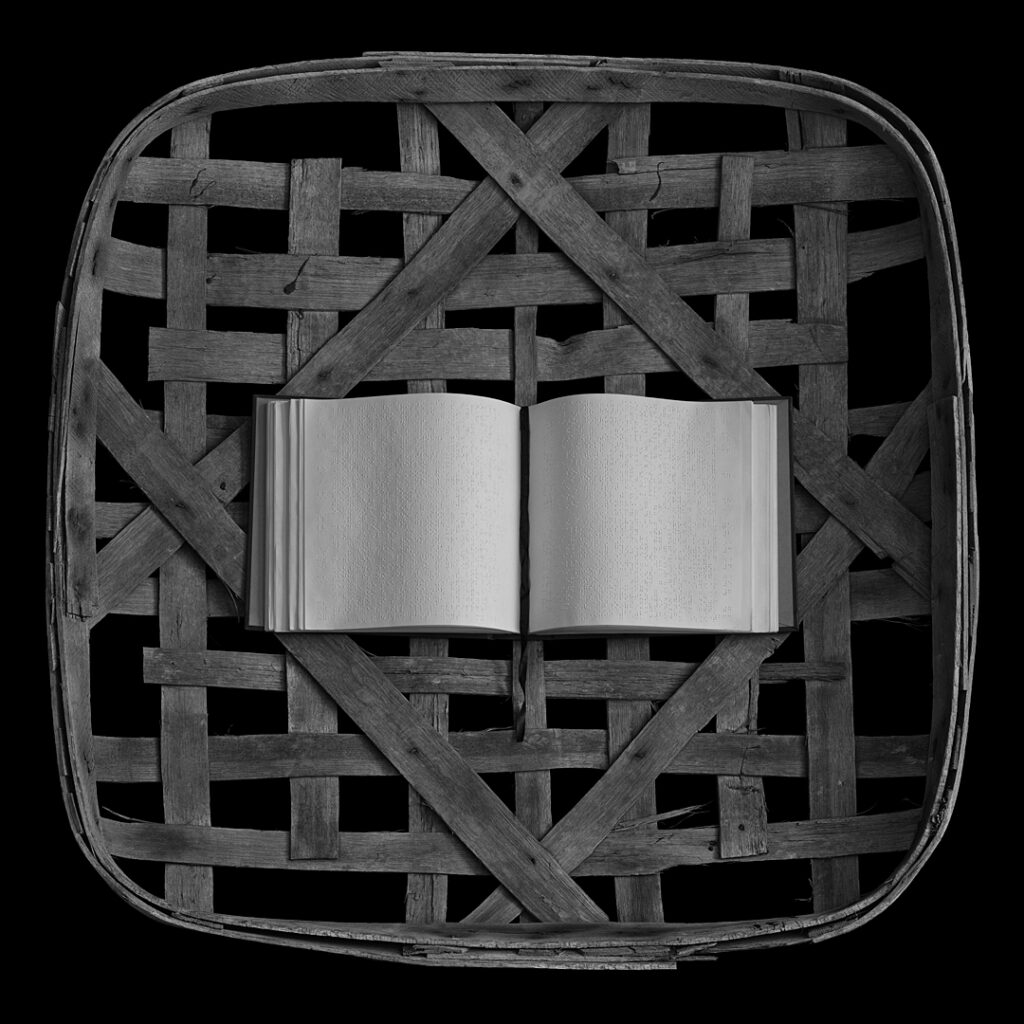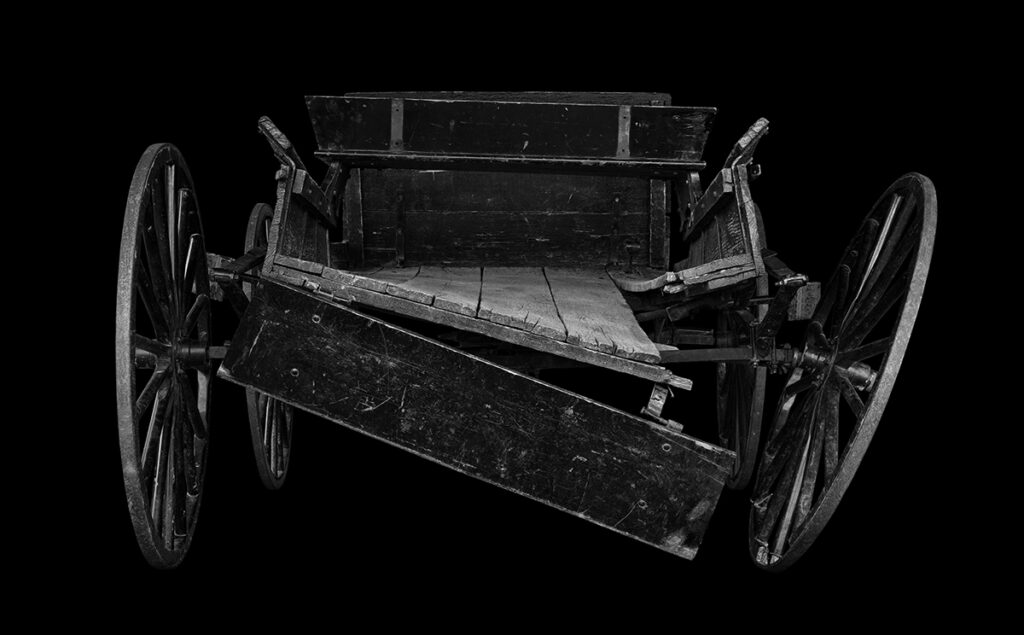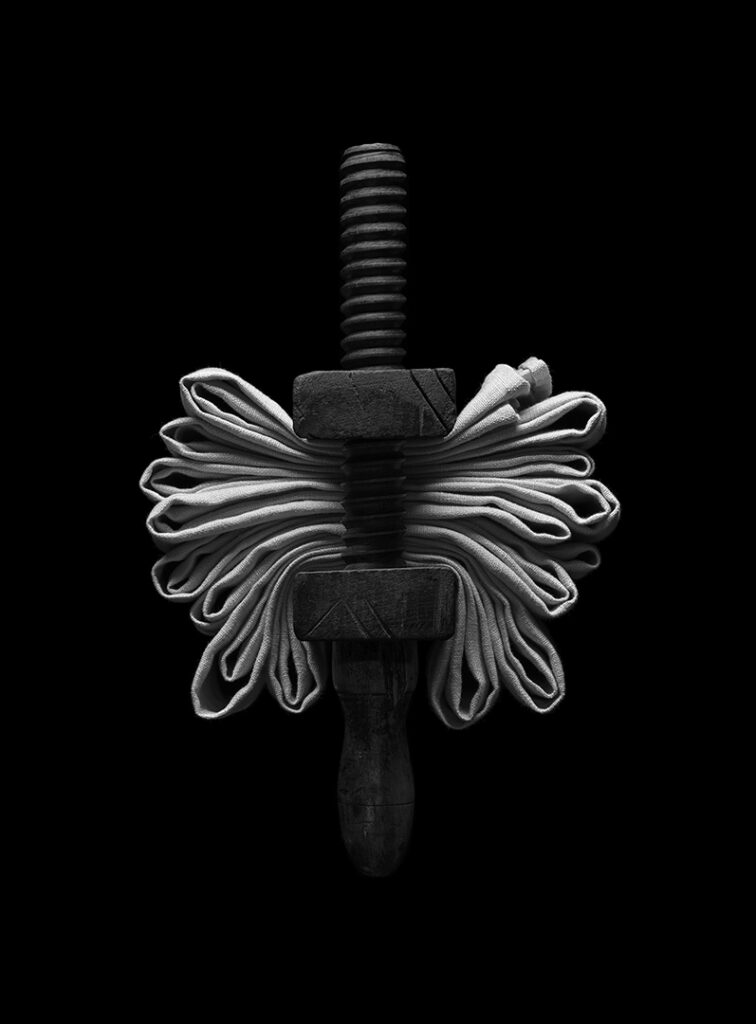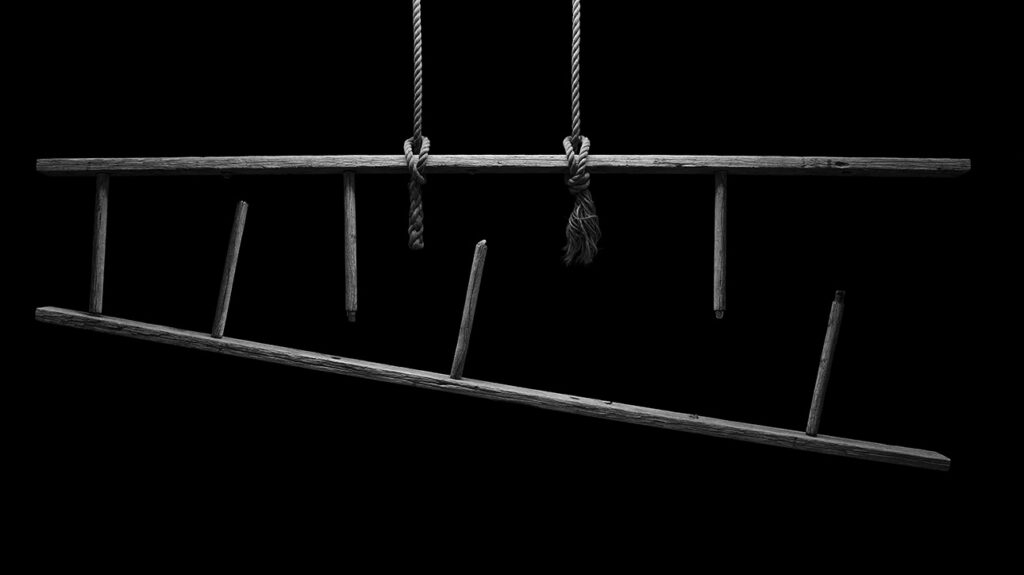Objects of Intention Virtual Tour
Click the image below to be taken to the gallery. For a guided tour, click the play button on the bottom left corner of the window after the tour has loaded. Descriptions and photos of each item are available by clicking the red icon above each item (or on this PDF). The tour can be paused at any time by clicking anywhere in the window. A highlight reel is also available by clicking the other icon next to the play button. We hope you enjoy the tour.
On display August 31, 2020 – May 9, 2021 in the Robert Keith Black and J. Ormond Sanderson Jr. Gallery
Perhaps more than any other art form, sculpture derives most of its power from the “thingness of things†— the physical presence of actual objects. Painting, literature, performance, film, photography, and music rely to a far greater degree on illusion and symbolism than sculpture does.
Stephen Althouse (b. 1948) trained, taught, and exhibited for many years as a sculptor before taking up a camera to make art. When he did, it felt natural to adopt a sculptor’s approach. He works deliberately to construct his photographs, using large format gear and special studio lighting to capture every granular detail. He digitally combines multiple exposures made on film at different focal distances to assemble images in which every plane is in sharp focus, while surrounding the objects with black to isolate them much the way a pedestal isolates a sculpture.
This not only imparts an intense impression of presence but is also the opposite of the shallow depth of field and soft “bokeh†that other photographers use to force viewers’ attention towards key features. As with a sculpture, in an Althouse photograph, every feature is important and one may look anywhere one wishes.
Doing so carefully can be rewarding, for the further manipulates the images to embed mysteries in them, digitally “hammering†or cutting words into their surfaces or creating raised Braille dots that spell out fragments of scripture or songs in Latin, sixteenth-century German, or Pennsylvania “Dutch.†The Braille lettering stakes a further claim on the tactility of the objects since it is a form of writing meant to be touched.
Althouse grew up in rural Bucks County, Pennsylvania. During his teens and twenties, he worked at a stone quarry, on the railroad, in concrete construction, and building roads. By doing that, he came to respect people who approach physical labor with humility and determination and to appreciate the tools they used to perform their tasks. After earning a BFA and MFA in sculpture while supplementing his education in South America and Europe, he taught for three decades in the art department at Barry University in Florida. At retirement, he moved back to Pennsylvania to settle in an Amish community in Centre County. The works featured here reflect his ongoing fascination with his Amish neighbors, whose farms surround his home. He considers many of these images to be metaphorical portraits of these neighbors.
“The relics and tools I choose imply the valor of individuals facing lives of relentless uncertainty. Intertwined within these are representations of people, thoughts, and experiences from my own life. [The tools] are a reflection of humanity . . . a reflection of us.â€
 ►
Stephen Althouse: Objects of Intention
►
Stephen Althouse: Objects of Intention
